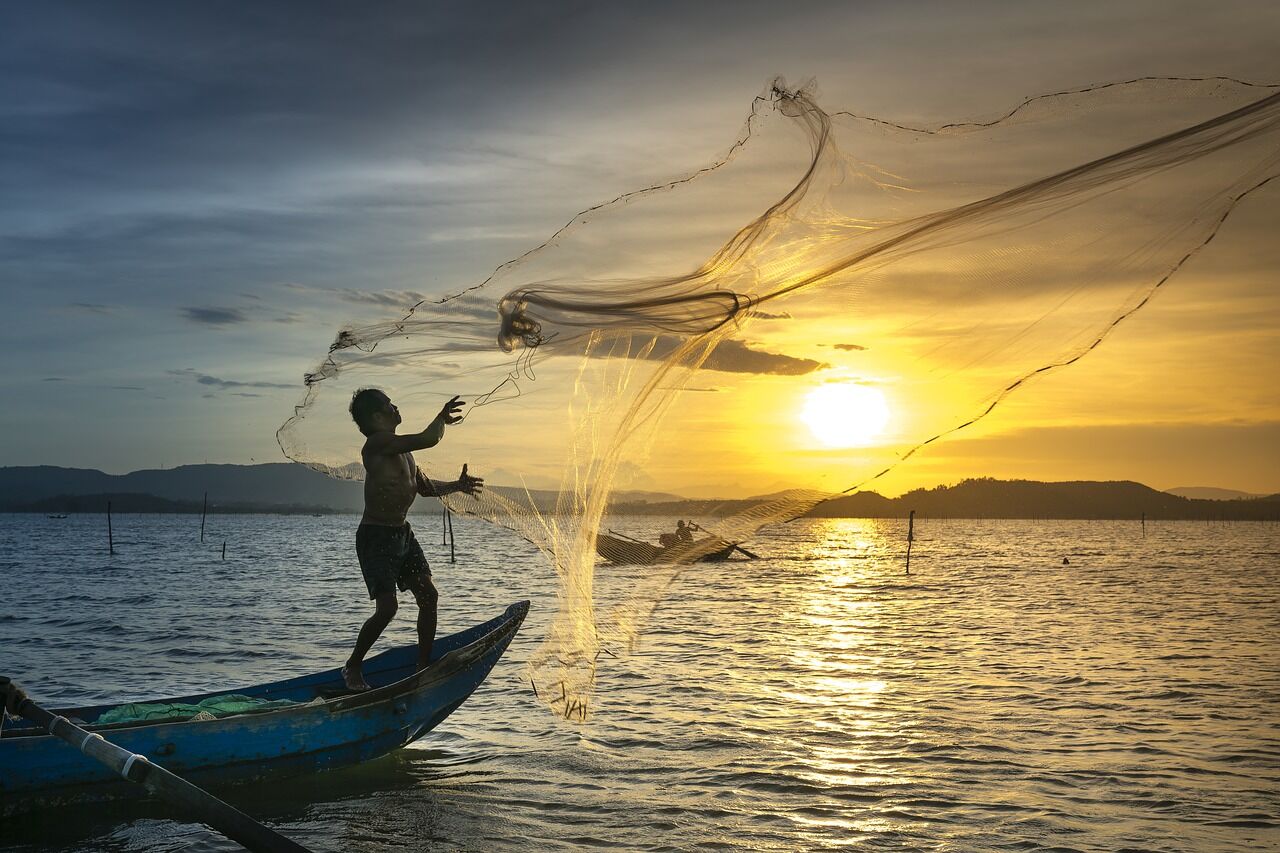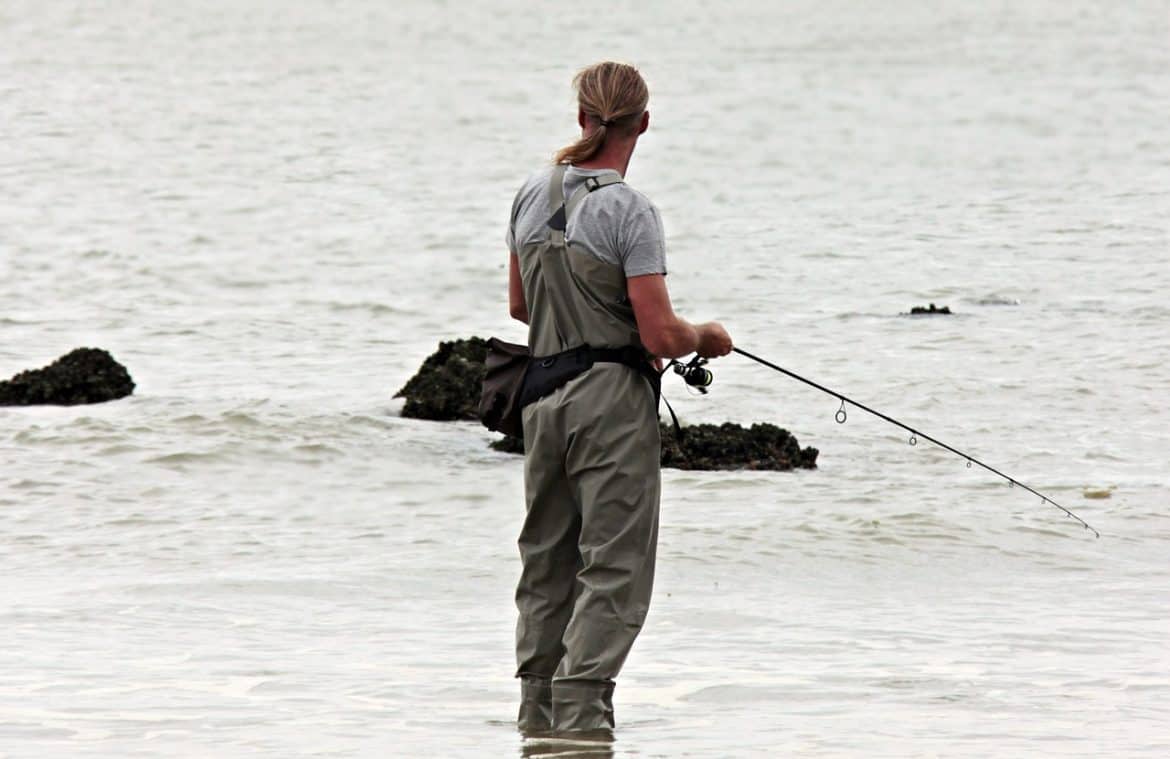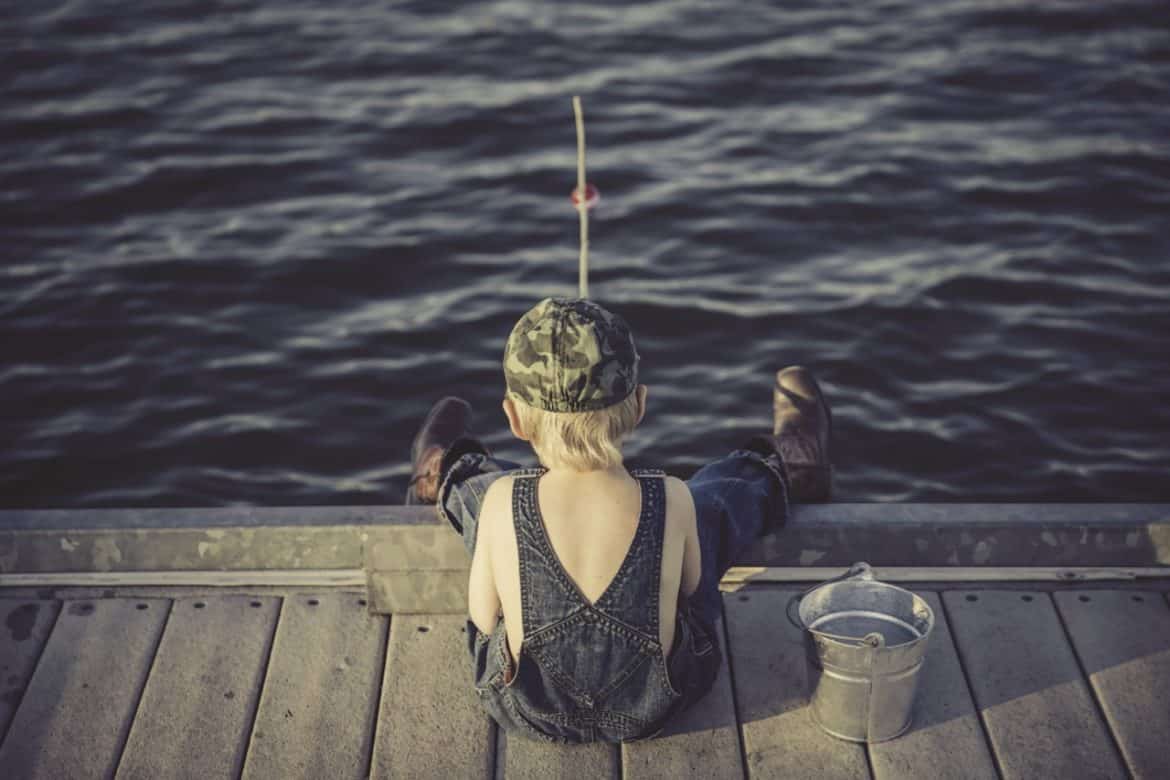While some prefer to purchase a fishing net, some people enjoy the relaxation that comes from making their own. If you are like me then knowing how to make your own fishing net is something you find to be a neat skill to have. If a do it yourself net is what you’re after, there […]
Category: Fishing | Boating
How to Fish With a Crossbow
So, you want to learn how to fish with a crossbow? Maybe you want to impress your hunting buddies with an innovative technique while catching a bunch of fish? Well, it’s either that or you want to show off with your skills and new cool gadgets, right? All in all, you are reading this article […]
Saltwater vs. Freshwater Fishing: Which Suits You?
Which is better, saltwater fishing or freshwater fishing? A lot of fishermen are saying their own version of which is better for them. And they all have their good points one way from the other. But saltwater vs. freshwater fishing is not really a thing. That is because each person or fisherman can benefit from […]
5 Main Health Benefits of Fishing
Fishing is one of the all-time favorite hobbies all over the world. It is a favored outdoor activity by many people of all ages: children, adolescents, granny, all of them like fishing. Regarded oftentimes as a sluggish hobby, but the idea that many people engaged in fishing is beguiling. Aside from being popular and accessible, it […]
What is the Best time to go Fishing?
Fishing is something that I don’t really like to do, but only because I am not good at it. Few things excite me more than having a fish on my line, but few things bore me more than waiting for that fish. My problems are because I am pretty ignorant of the skills needed to […]





